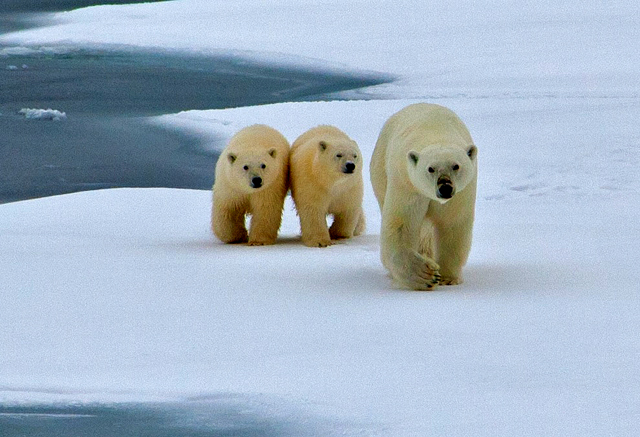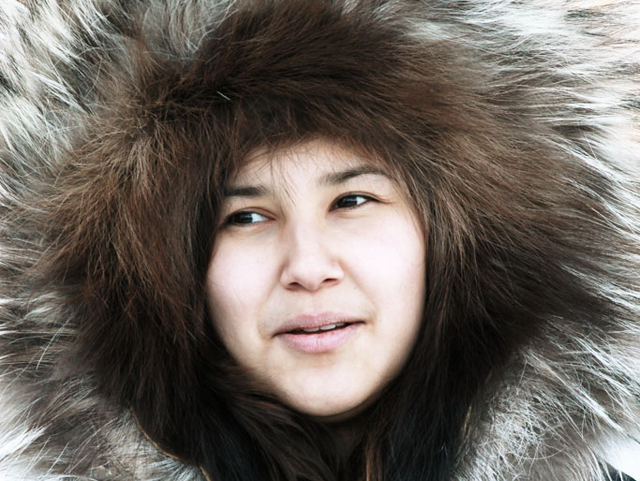The government of Nunavut recently organized a pilot program to train Inuit in a variety of skills that will qualify them as guides for adventurous tourists. The course, which lasted for two weeks and ended November 4, taught 5 men and 5 women such skills as piloting zodiacs from cruise ships, making landings in indigenous communities, and monitoring bears that might threaten visitors at heritage sites and during hiking excursions.

Robert Comeau, a 23-year old from Iqaluit, told Nunatsiaq News that he had been employed as a cultural interpreter on a cruise ship sailing through the Northwest Passage this past summer. He was deeply impressed with the historic sites they visited but he ended the voyage with a desire to do more. “As a young Inuit man, you want to be helping drive the boats, you want to be helping watch for bears, stuff you grew up doing, and get paid for it,” he said. He believes that people may come for the icebergs and polar bears, but “they remember the people when they leave.”
Completing the pilot program should allow him to do more guiding. Organized by the Nunavut Department of Economic Development and other government agencies, the program included first aid, marine emergency activities, using a VHF radio, handling firearms, operating small boats, and safety training. Randy Pittman from the Nunavut Fisheries and Marine Training Consortium, one of the sponsoring agencies, told the news service that all the training programs meet accepted industry standards.

Mr. Pittman added that the adventure tourism industry has, at present, an estimated 40 to 60 jobs available for young Inuit men and women. He said that while the recent coursework was all done in a classroom environment, in the future they’d like to be able to include more practical training sessions. There are about 50 people enrolled on a waiting list for future sessions of the course.
The Crystal Serenity, a large luxury vessel carrying over 1000 passengers, sailed through the Northwest Passage during the latter half of August last year. It made several stops in Inuit communities along the way and it gave wealthy passengers views of the Arctic coast and lots of ice. The news coverage of the voyage raised awareness of planners in Nunavut as to the realities of hosting mass tourism.
“Are we actually ready for this kind of thing?” asked Andrew Orawiec, a senior adviser for tourism development of the government of Nunavut. He said that it makes a better impression on the tourists when the guide tells them that his or her grandfather was born at the place they are visiting. Parks Canada, the Canadian government agency that manages the national parks, is also concerned about fostering economic development in communities that are near their properties.
A spokesperson for that agency, Munju Ravindra, told the news service that they are concerned with places that are near protected areas, such as Gjoa Haven, the community that is nearest to the sunken ships of the Franklin Expedition. Parks Canada developed an internship program along with Adventure Canada, a cruise operator, to train young Inuit in skills they will need in working with the hospitality industry. The report in Nunatsiaq News made it clear that training young Inuit for jobs in the growing tourist business is a priority for several agencies.